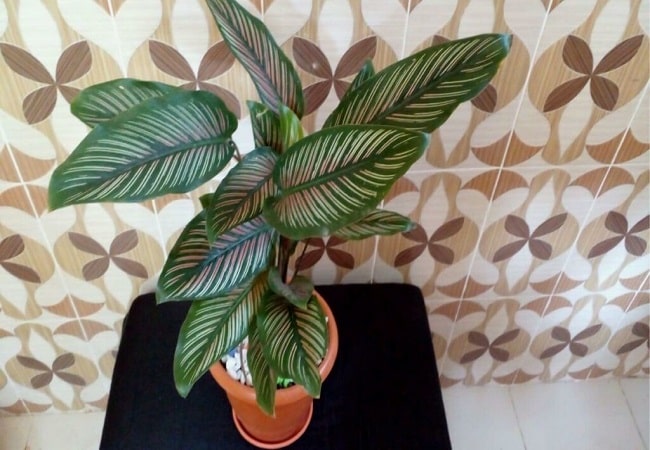Calathea White Star, a tropical plant with unique qualities, is a great addition to the collection of any plant lover. It makes a fashion statement with its striking white and green foliage, violet undersides, and delicate pink blush.
Calathea White Star care guide plant is easy to take care of and doesn’t need much light. In this blog post, I’ll explain how to take care of a Calathea White Star. Keep reading to find out more!
Quick Navigation
The Calathea White Star Basic
| Scientific name | Goeppertia Majestica |
| Common Name | Calathea ‘Whitestar’, Prayer Plant ‘Whitestar’, Goeppertia ‘Whitestar’ |
| Species | Ornata Species |
| Origin | Brazil |
| Adult Size | Height of 4-5 feet and a width of 1-2 feet. |
| Soil Type | Moist, Well-drained |
| Soil pH | The pH of about 6.5, which is mildly acidic |
| Temperature | Between 75°F/23°C and 85°F/29°C. |
| Exposure to sunlight | Prefers low to medium light |
| Water | Every one to two weeks but sensitive to chlorinated and fluorinated tap water |
| Preferable fertilizer | NPK 10-10-10 is a balanced liquid houseplant fertilizer |
| Produces Flowers | No |
| Toxicity | Nontoxic |
What To Do While You Bring The Plant In Your House?
When bringing a calathea white star plant into your home, there are a few things to remember.
- First, ensure the plant is well-watered and taken care of on its trip.
- Second, be sure to protect it from direct sunlight and drafts.
- Finally, please give it a place to grow where it will get plenty of light and fresh air.
Care Instructions For The Calathea White Star
These care instructions will help you keep your Calathea white star healthy and looking its best.
Calathea White Star Water Requirements
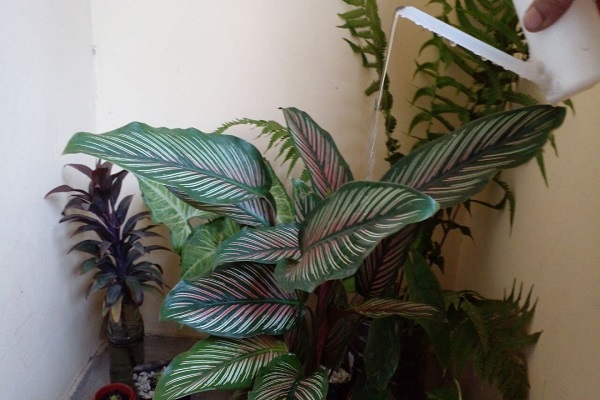
Calatheas don’t do well in too dry soil, and they will die right before your eyes. Ensure that the top of the media in your White star is damp, not wet. When the top layer of the soil starts to dry out, it’s time to water.
How often you need to water your plant depends on how big it is, what kind of soil it’s in, how humid your home is, and what time of year it is. Don’t let the words “once a week” fool you. This could be perfect for your plant or completely wrong. Watch your plant carefully and find out what it needs.
Even though Calathea White star likes water, its roots often get root rot. This is easy to do if the soil you use doesn’t drain well and you water your plant too much. This plant does best when it gets enough water and has a good way for the extra water to drain away. Don’t let your plant sit in the extra water. It will help if you water less in the winter.
The White Star is not an exception regarding the water you can use with prayer plants. If this plant gets too much salt and minerals, the tips will burn, and the leaves will eventually turn yellow. I suggest that you use rainwater or water that has been cleaned to water your plants.
Tap water can burn the leaves of White star because it can have a lot of chlorine and fluoride. Let the chlorine and fluoride in your tap water sit for at least one night to get rid of them.
Calathea White Star Lighting Needs
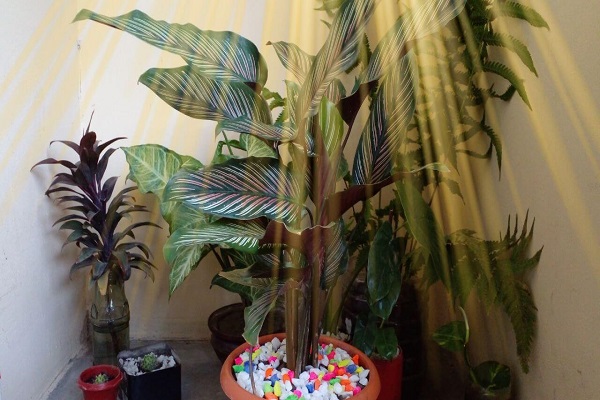
The White Star prefers part sun and part shade. It is not a plant that needs a lot of light. If you want to brighten up your room, place one or two other plants in the room with it, and they will take care of the light.
This is not a bright light houseplant and does best with soft indirect light. A window facing north or east will work, but if you already have a green wallcovering, make sure to put your plant behind it, so it doesn’t get direct sunlight. If you can’t put your plant near a window, try to spread its leaves out for the day by putting it on a balcony or veranda that faces east or west. It will get filtered light in the morning and afternoon.
Soil Mixture for Calathea White Star

The best soil medium should keep water in a while, letting excess water drain away.
Sara E. Taylor, a biologist and the author of the blog Indoor Garden Nook, suggests the following mix:
- 50% potting soil. You can use regular potting soil from a garden store or choose peat-free soil made with coconut husk fibers to improve drainage.
- 20% orchid bark: This helps soak up extra water and put it back into the soil as the mix dries out.
- 20% activated charcoal. This fine powder keeps roots from rotting, keeps pests away, and removes impurities that cause mold.
- 10% perlite. These light, pH-neutral granules help the soil drain and get more air.
Calathea White Star Fertilizer
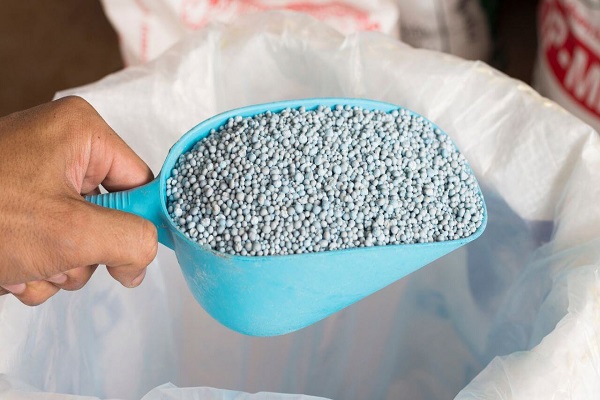
Like other prayer plants, the White star doesn’t need a lot of fertilizer. It is better to be on the side of not fertilizing enough than over-fertilizing. If fertilizers aren’t washed well, they tend to leave too many salts in the soil.
But fertilizers help your plant grow bigger and make its leaves look brighter. You can reduce the number of minerals that get into the soil by using fertilizers that release them slowly.
If you still want to use a water-soluble fertilizer, dilute the solution and use half of what is recommended. Use every two or three weeks. If you didn’t feed your White star in the winter, that would help it adjust to less fertilizer in the spring.
Temperature for Calathea White Star
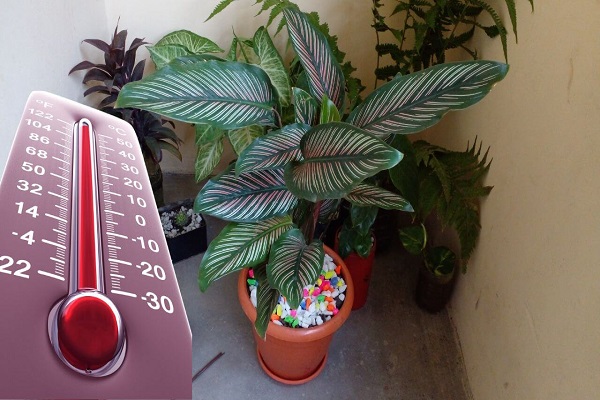
Given that Calathea White Star is a plant that needs a warm and humid environment, it is important to consider the temperature when caring for it. Calathea White Star should be kept in a temperature range of 70-80 degrees Fahrenheit. If the plant exceeds these temperatures, then it may not be able to absorb water and nutrients properly. Additionally, keep in mind that Calathea White Star does best when there is light exposure; however, direct sunlight should not be allowed to hit the plant directly for long periods, or it may cause scorching.

Regarding Calathea White Star, maintaining the right humidity level is crucial. Too dry and the plant will suffer, but too wet and the plant will rot. The ideal humidity level for calathea white star is around 60-70%.
Ideal Humidity Level
To ensure that your plant always has the moisture it needs, try to mimic natural rainfall by regularly watering your calathea white star. You can mist your plant occasionally if you live in a dry climate to help keep it hydrated.
Pruning

Pruning is not required for calathea white star, but it’s always a good idea to keep your plant healthy and well-manicured. Dead or diseased leaves should be removed by gently “pinching” the leaf or carefully cutting the affected area at the stem with clean scissors. Remember that Calathea White Star does best when there is light exposure; however, direct sunlight should not be allowed to hit the plant directly for long periods, or it may cause scorching.
When it comes to pruning, remove any damaged or dead branches. If you see a branch about to break off, take care not to snap it off at the ground – instead, try to bend it slightly so it can grow back into place more easily.
Repotting

Your white star will need repotting every year or so when it begins showing overgrowth, most commonly in its extended roots. You might also need to add new soil if the current mixture is inhibiting growth, depending on the size of the plant.
Remember to use a pot at least twice as large as the root ball and deep enough to accommodate the roots without submerging. When repotting, use fresh potting soil and fill in any gaps with fresh soil.
The Common Challenges You might Face With Calathea White Star
Calathea white star is a popular tropical plant kept in a container or a garden. However, there are some common challenges that you may face when caring for this plant. Here are five of the most common:
Leaves Turn Yellow Or Brown
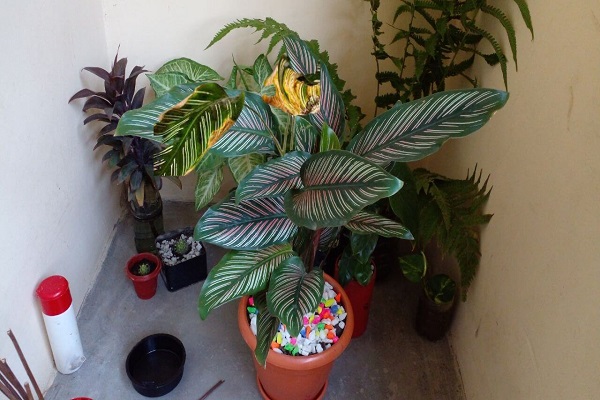
Calathea white star is a popular houseplant that grows in various environments. Still, it may experience yellow or brown leaves. Most of the time, this happens when the plant gets too much water or not enough light. You can water the plant less or move it to a brighter location to correct the issue. You can also fertilize it with a liquid fertilizer every two months in spring and fall.
Calathea White Star Dropping Leaves
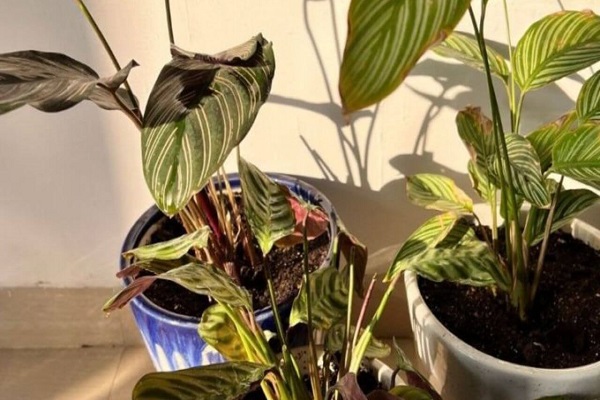
Dropping leaves on calathea, also known as the starfish plant, is a common problem you can correct with a few simple steps.
- Firstly, inspect the plant for any pests or injuries. If there are no issues, the problem is likely with the plant’s environment.
- Ensure the soil is well-drained and liberally moistened; over-watering can also cause leaves to drop.
- Finally, try moving the plant to a brighter location or adding supplemental light if needed.
Calathea White Star leaves Curling
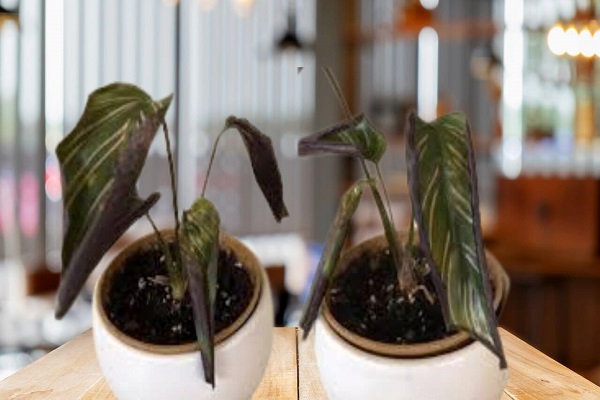
If your white star leaves are curling or drooping, it may be due to dry soil. Add a layer of moist soil to the bottom of the pot and water thoroughly. Once the soil is moist, stop watering for a few days so the moisture can seep into the soil. If this doesn’t solve the problem, check for pests or diseases.
Calathea White Star Common Pests
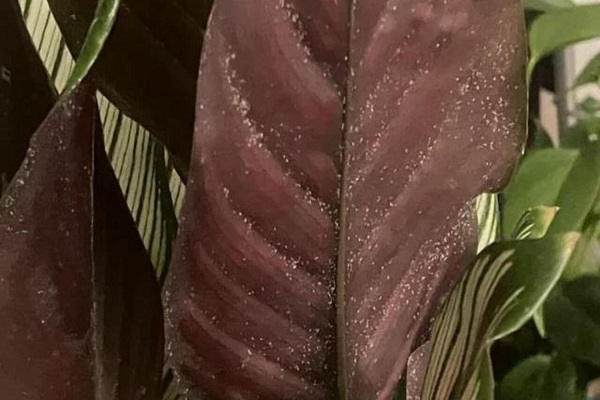
Calathea White Star plant is often grown as a houseplant. It is grown in many different climates, but it is especially popular in areas with warm temperatures and moderate humidity.
One of the most common pests of Calathea White Star is the mealy bug. Mealybugs feed on the plant’s sap, which causes leaves to turn yellow and droop. They can also cause the plant to lose its leaves altogether. Keep your plant clean and free of debris to prevent mealy bugs from attacking your Calathea White Star. Additionally, treat your plant for mealy bugs if they do appear.
Other pests that commonly attack Calathea White Star include scale and aphids. Scale insects feed on the plant’s sap and can cause leaves to become distorted or fall off completely. Aphids are tiny insects that suck blood from plants, leading to stunted growth and foliage discoloration. To control these pests, treat your plants with an insecticide or fungicide before they become a problem.
Calathea White Star Root Rot
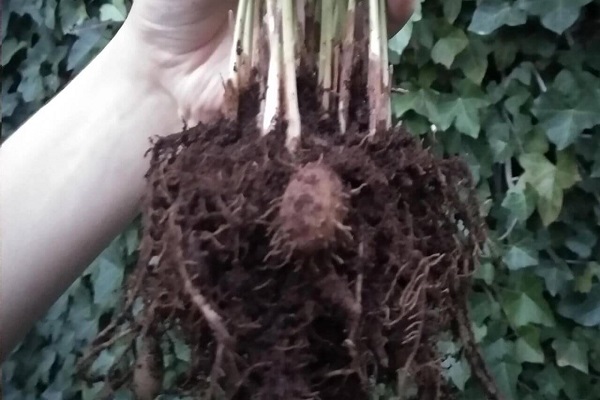
Calathea White Star root rot is a common problem with this plant. The fungus attacks the roots and can cause them to die. You can treat the rot with a fungicide or by waterlogging the plant. You might need to get rid of the plant if the rot is bad.
Propagate A Calathea White Star Plant By Root Cuttings

Calathea star is a beautiful succulent that is propagated by rooting cuttings. If you are interested in propagating this plant, follow these easy steps:
- Choose a healthy calathea white star plant that you wish to propagate. Ensure the stem is intact and the leaves are healthy and plump.
- Make a cutting from the plant’s stem, about 1 inch deep and half an inch wide. Make sure to remove any basal leaves on the cutting so that only the stem is left.
- Place the cutting in water with some root hormone powder added until it begins to sink to the bottom of the potting mix.
- Once it has sunken in, add more soil, and root forms will start to show up around the base of the cutting (this may take up to a week).
- Keep watering regularly and fertilize as needed; calathea white star plants are hardy succulents that need little care once they have rooted successfully.
Most Commonly Asked Questions
Is Calathea White Star Toxic?
No, Calathea white star is not poisonous to humans or animals. According to the ASPCA, it will not harm dogs or cats if swallowed, and there are no toxic ingredients in the plant. Even though this Calathea variety is a pet-friendly plant, it is a good idea to keep it out of their reach so they are not disturbed.
Are Calathea White Stars Rare?
Yes, Calathea white stars are quite rare. Some gardeners consider specialty plants difficult to find in stores. Take good care of the one you find if you want it to live as long as possible.
How Do You Make Calathea Bushy?
Every calathea bush will be different, depending on the water, fertilizer, and sunlight it receives. However, some tips to help make your calathea bushier include watering more frequently, fertilizing regularly with a balanced fertilizer, and providing bright but indirect sunlight.
Can I Water My Calathea With Tap Water?
It is generally not recommended to water Calathea with tap water. Tap water can contain high levels of chlorine and other harmful chemicals that can damage your plant. Instead, use distilled or filtered water or rainwater if possible.
Final Touch
Calathea White Stars are beautiful plants that are easy to take care of. They do best in homes with the same humidity and soft light as the tropical rainforests of South America. Once you have a good care routine for your White Star, you can enjoy it for a long time if you keep the soil clean, repot it as it grows, and keep pests and diseases under control.

My name is Md Deloar Hossain and I’m the creator of Club Gardening, designed for all your gardening ideas, gardening product reviews, and a place to help you find the best gardening experience possible.

